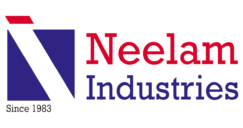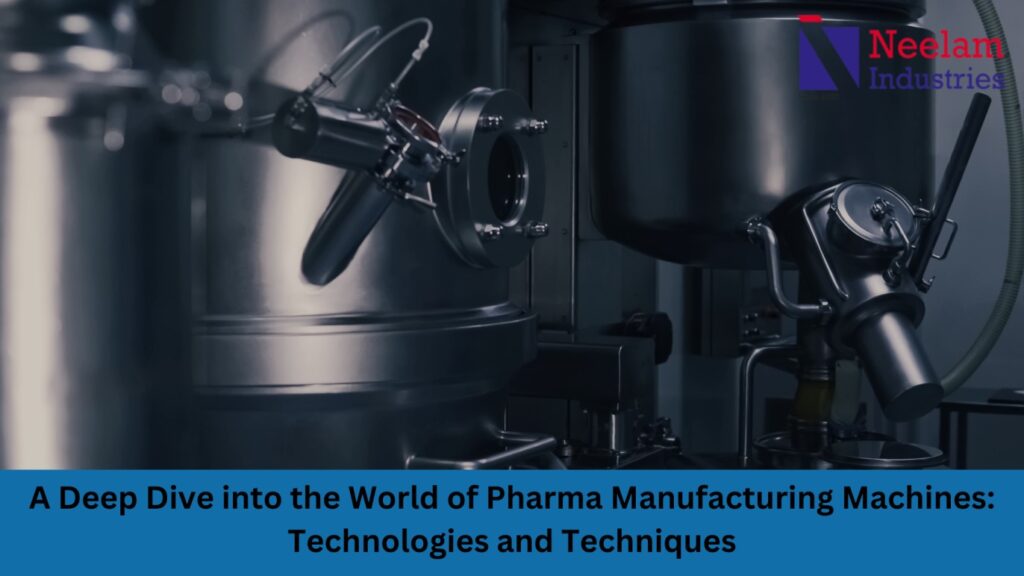Pharma manufacturing machines are the foundation of your whole production workflow. Pharmaceutical machine manufacturers build these machines so that they do all tasks, including mixing, purifying, formulating, and filling. And in the past many years, these machines have advanced significantly. In addition to having many features that make maintenance simple, pharma manufacturing machines are becoming more and more automated, removing many of the manual components that were previously present in the process. This article will examine the methods and tools that have driven pharma manufacturing machines to the forefront of industrial innovation.
Pharma manufacturing machines and equipment
- Compounding and manufacturing vessels
In the pharmaceutical sector, sterile production vessels are used to create inhalers, injections, and tiny-volume pharmaceuticals.
- Storage and holding vessels
Storage containers are essential to the production process, much like compounding vessels. Sterilized pharmaceutical preparations are kept under positive nitrogen pressure in this pharmaceutical manufacturing equipment.
- Heat exchangers
The thermal stability, reactivity, and other characteristics of pharmaceutical raw materials and products may dictate that they be stored or combined at particular temperatures. For this reason alone, heat exchangers are crucial.
- Bio kill systems
Bio kill systems aid in the decontamination of wastewater before its release since the wastewater produced by biopharma or pharma production equipment during product preparation can include a variety of pathogens.
- Process piping
Process piping streamlines product transfer while maintaining product sterility by connecting all of the pharmaceutical manufacturing equipment and vessels.
Features and technologies that enhance pharma manufacturing machines
Every piece of the above-mentioned machinery has completely changed the way that products are made. These pieces of equipment include customizations and integrations that further maximize production. They add features that can help you advance into the future of pharmaceutical manufacturing, such as cost-effectiveness, speed, and convenience. Some of the features and technologies that enhance pharma manufacturing machines are:
Process automation
Using automation enables you to make the most of all of your sophisticated pharmaceutical manufacturing equipment. It improves safety, speed, and dependability. Additionally, automation guarantees improved adherence to hygienic standards.
CIP/SIP integrations
The easiest way to slow down production and lag far behind your clients is to have downtime associated with your regular cleaning and sterilization procedures. And the trouble of disassembling your equipment, cleaning it, and then assembling it again by hand. You should not bother doing that particularly now that the cleaning and sterilization procedures are incredibly simple thanks to CIP and SIP systems. You simply cannot have a pharma manufacturing machines without this integration; if you want to lead your industry, it is one of the most important ones.
Skid Systems
Comparing modular skid systems to stick-built systems, CIP skid manufacturers offer several advantages. In the first place, skid systems are far simpler and quicker to set up in your factory than conventional segregated pharma manufacturing machines, which would have required a long time and disrupted operations for the rest of your plant. This is because skid systems are created as modules. However, skid systems can be stationary or mobile. Compared to conventional stick-built equipment, their modular design can provide flexibility, portability, and simplicity of access and operation.
Level Sensing
APIs and excipients must be combined in very accurate quantities. Also, holding and production containers must be watched out for to prevent overflow, which could cause hazardous materials to contaminate the surrounding area and endanger workers. Alternatively, extremely low levels may cause air to enter, bringing airborne pollutants that may compromise the process’s overall sterility. However, you can continuously monitor and manage the mass and volume of your chemicals with integrated technologies like load cells and level sensors.

